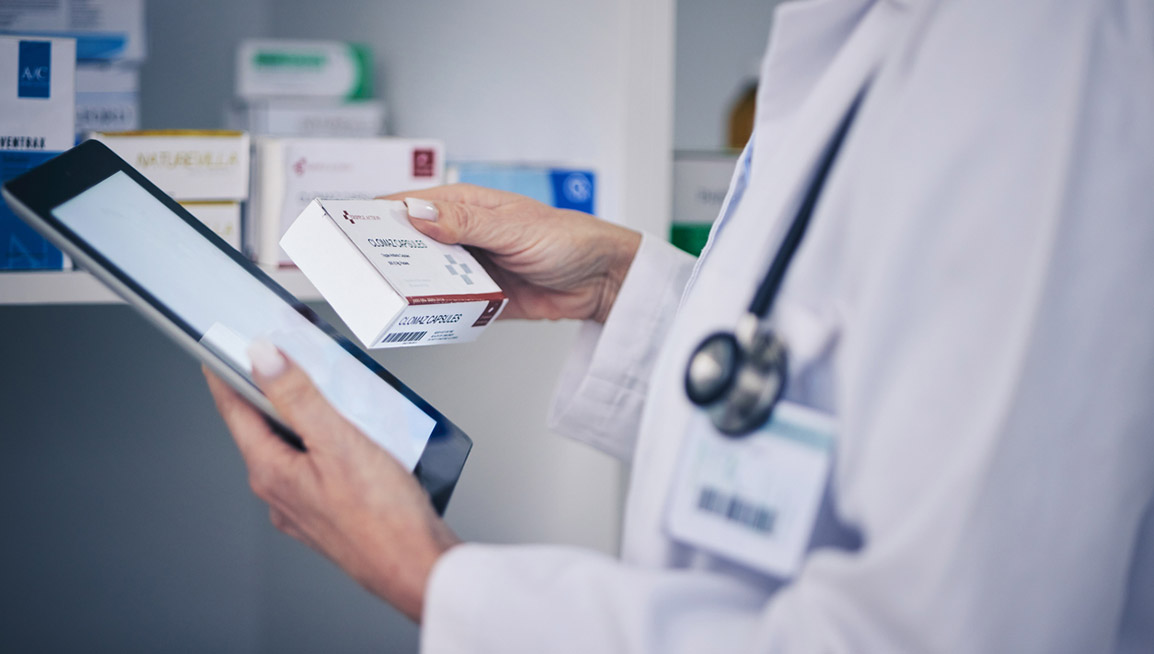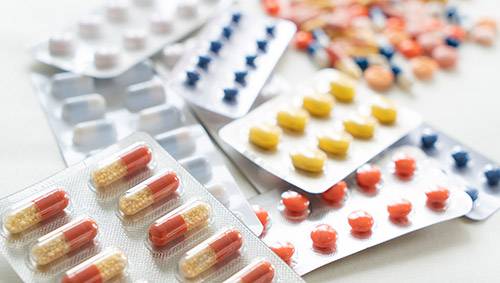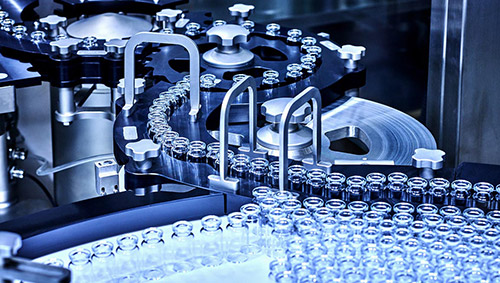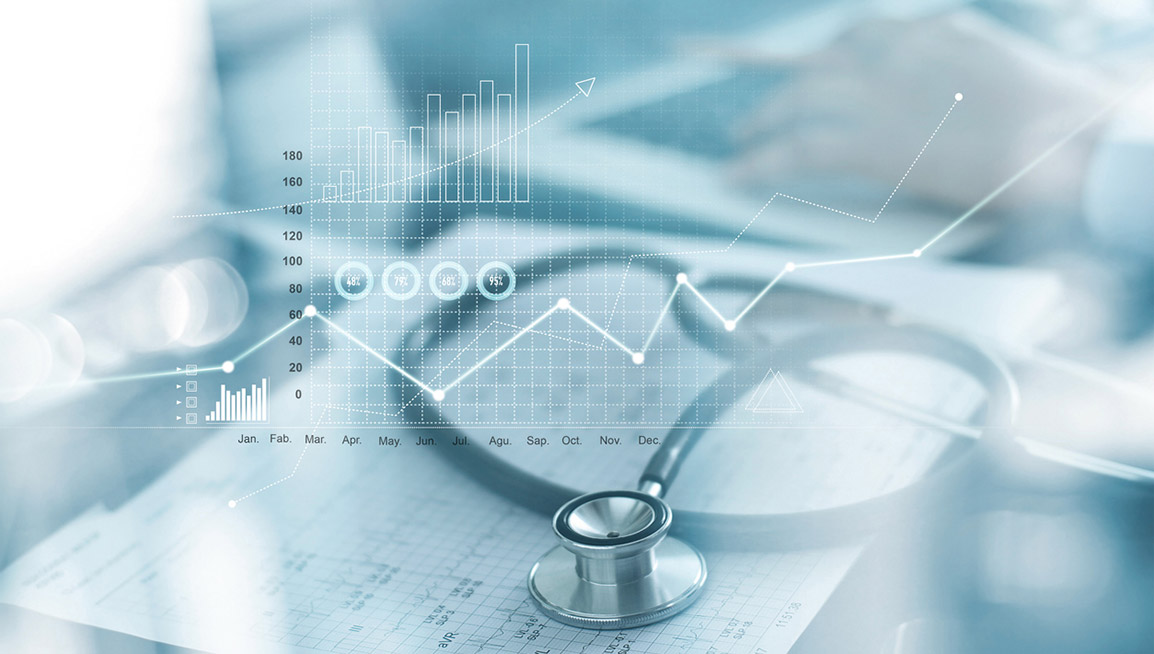Pharmacovigilance plays an essential role in monitoring healthcare products, including medicines, vaccines, and dietary supplements. It ensures not only the effectiveness of the products released on the market but also their safety for consumers.
In a context where pharmaceutical and nutraceutical regulations are becoming increasingly stringent, pharmacovigilance has become a necessity for pharmaceutical companies.
This article explores what pharmacovigilance is, the best practices in pharmacovigilance, the stakeholders involved, and its importance for the industry.
1. What is pharmacovigilance?
a. Definition of pharmacovigilance
Pharmacovigilance involves the continuous monitoring of adverse effects associated with the use of medications.
Its purpose is to detect, evaluate, and prevent the risks of adverse and side effects of medications, ensuring the safety of users.
b. The main objectives of pharmacovigilance
Pharmacovigilance has three main objectives:
- Identifying rare or unexpected side effects: Detecting uncommon or unforeseen adverse effects of health products.
- Ensuring tracked monitoring: Maintaining detailed post-marketing surveillance of medications and dietary supplements
- Preventing risks: Mitigating potential risks for consumers of these products.
These actions collectively aim to continuously improve health products while minimizing risks associated with their use.
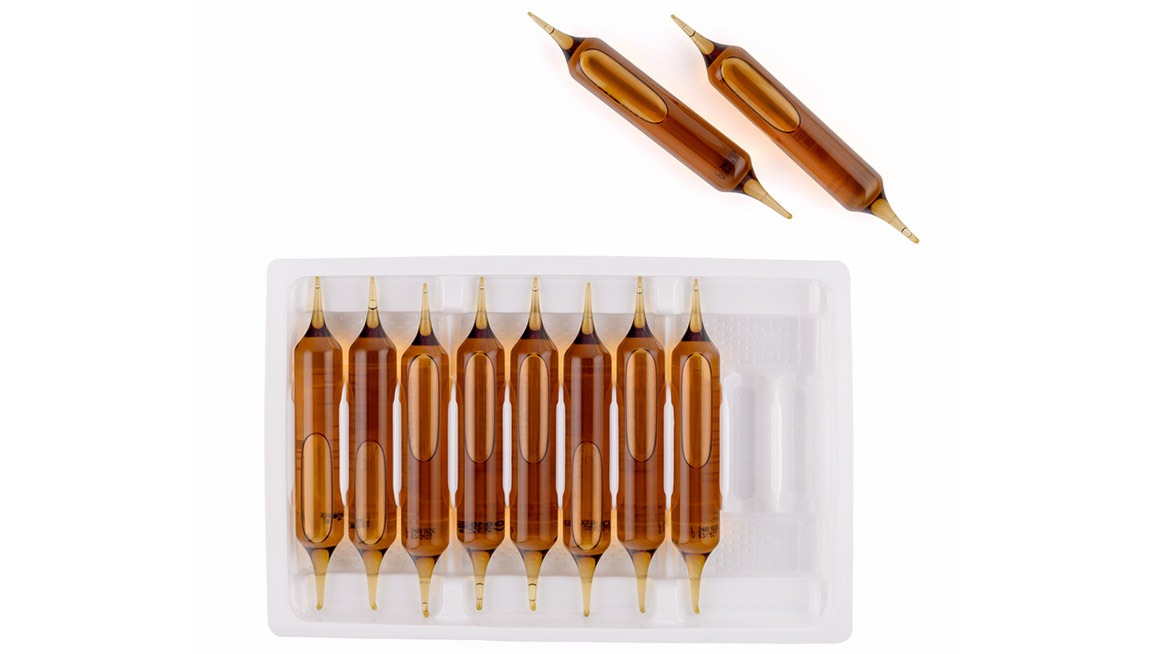 https://www.sfamgroup.com/wp-content/uploads/2025/04/drug-manufacturing-challenge-pharmaceutical-cdmo.jpg
654
1154
SFAM
https://www.sfamgroup.com/wp-content/uploads/2024/06/logo-sfam.svg
SFAM2025-04-10 09:00:542025-04-10 08:52:05Pharmaceutical CDMOs: key advantages and challenges of pharmaceutical outsourcing
https://www.sfamgroup.com/wp-content/uploads/2025/04/drug-manufacturing-challenge-pharmaceutical-cdmo.jpg
654
1154
SFAM
https://www.sfamgroup.com/wp-content/uploads/2024/06/logo-sfam.svg
SFAM2025-04-10 09:00:542025-04-10 08:52:05Pharmaceutical CDMOs: key advantages and challenges of pharmaceutical outsourcing